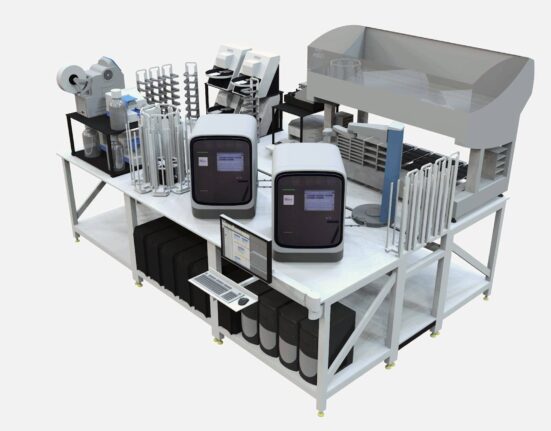Archer-Daniels-Midland (ADM), a key player in the U.S. soybean industry, stirred up a whirlwind in the market recently. The anticipation of new biofuel blending rules set by the Trump administration led to ADM reducing its bids for purchasing soybeans. This move has sent ripples through the soybean market, affecting farmers and other processors alike.
The soybean market eagerly awaited news from the U.S. Environmental Protection Agency regarding blending requirements that heavily influence demand for soybean oil, a crucial component in biofuel production. As expectations ran high, processors like ADM found themselves navigating uncertain waters due to dwindling crush margins and an oversupply of soybeans.
In response to the anticipated announcement on blending requirements, ADM swiftly adjusted its basis bids – the difference between futures prices and local cash prices for immediate grain acquisition. The company’s decision to slash its cash basis bid at its Decatur facility caused a stir in the market, triggering a chain reaction among other players in the industry.
John Stewart and Associates aptly captured the sentiment with their observation that
“ADM Decatur put the bean market in a frenzy.”
The adjustments made by ADM reflected broader concerns about processing margins getting squeezed amidst projections of a bumper harvest season and subdued demand for soymeal and soyoil products.
With crush margins already under pressure due to increased processing capacity leading to surplus meal and oil supplies, volatile factors like tariffs and uncertain biofuels policies have only added to industry challenges. Some biodiesel producers have even resorted to scaling back operations or shutting down plants altogether as they grapple with unfavorable market conditions.
Charlie Sernatinger from Marex Capital Markets summed up the situation succinctly:
“Cash crush margins stink.”
This sentiment echoes across the industry as players assess their strategies amid an environment of pricing unpredictability and regulatory ambiguity.
Diana Klemme from Grain Service Corp highlighted the unprecedented nature of ADM’s bid adjustments, noting that such significant shifts typically occur closer to autumn during new crop cycles. She emphasized how this early move signaled a departure from traditional market dynamics, hinting at deeper underlying issues impacting pricing strategies within the sector.
As farmers hold out for better prices and processors navigate delicate profit margins, all eyes are on how regulatory decisions will shape future market movements. The intricate dance between supply, demand, policy changes, and economic uncertainties continues to pose challenges for stakeholders across the soybean value chain.
Amidst these fluctuations and complexities lies an opportunity for informed investors looking to gauge potential outcomes based on evolving market dynamics. Understanding these intricacies can provide valuable insights into navigating turbulent waters within commodity trading spaces like soybeans.









Leave feedback about this